38+ Sample Credit Card Form Templates
-
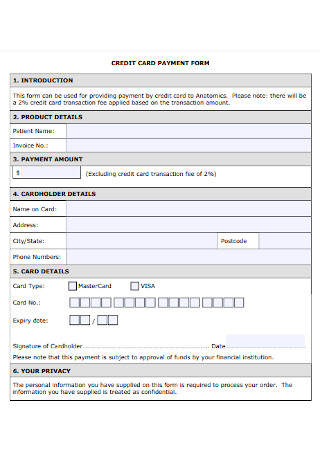
Credit Card Payment Form
download now -
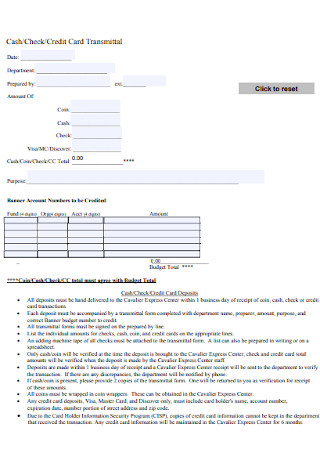
Credit Card Transmittal Form
download now -
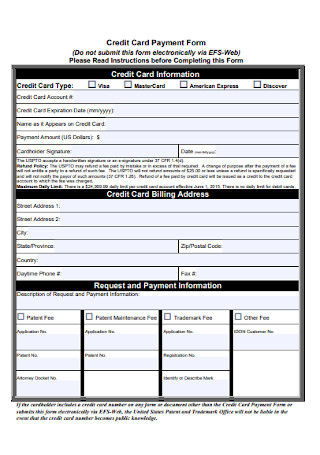
Credit Card Payment Form Format
download now -
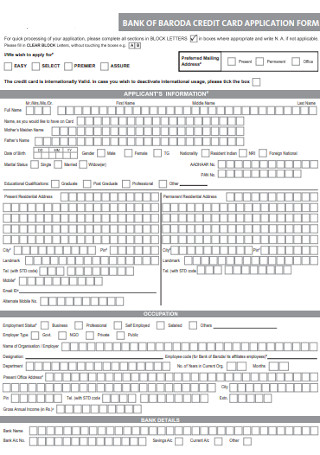
Bank Credit Card Form
download now -
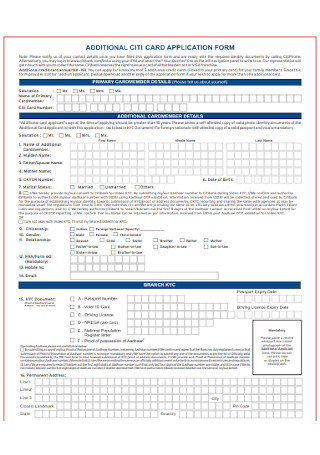
Additional Card Application Form
download now -
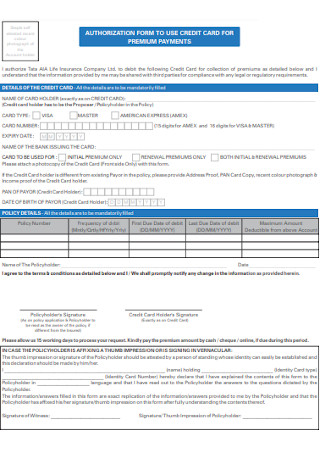
Credit Card Form for Premium Payment
download now -
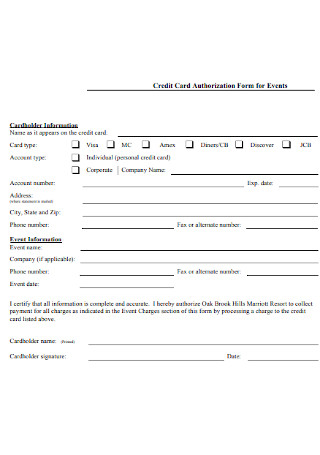
Credit Card Form for Events
download now -
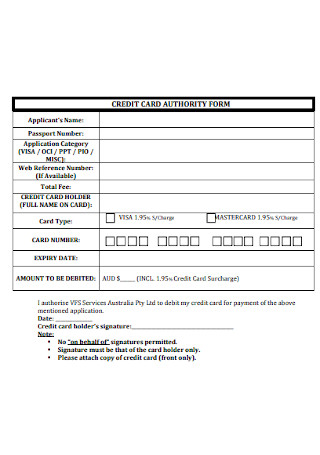
Credit Card Authority Form
download now -

Credit Card Enrollment Form
download now -
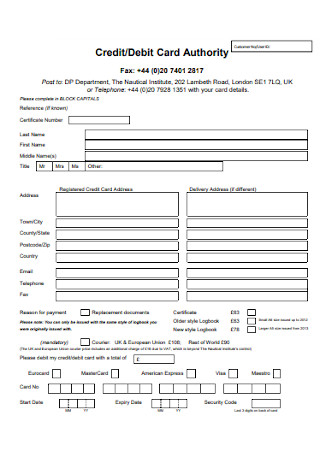
Credit and Debit Card Form
download now -
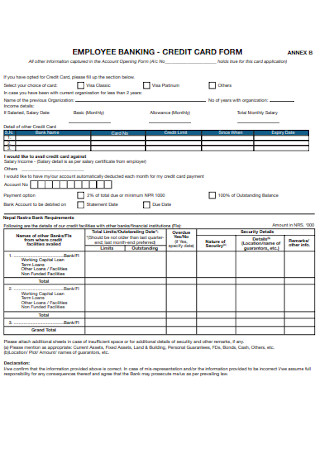
Employee Credit Card Form
download now -
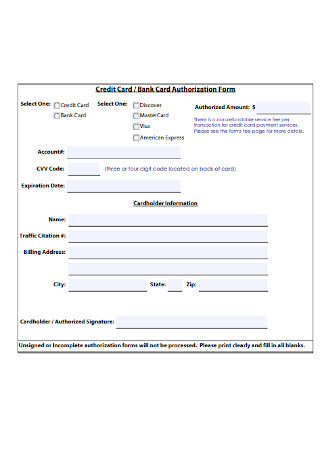
Bank Card Authorization Form
download now -
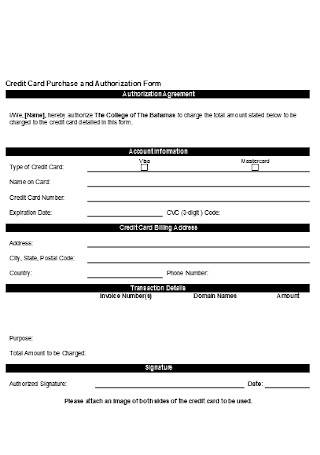
Credit Card Purchase Form
download now -
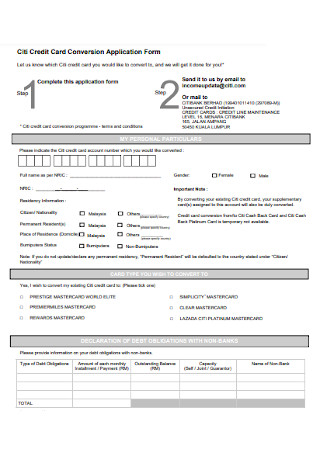
Credit Card Conversion Form
download now -
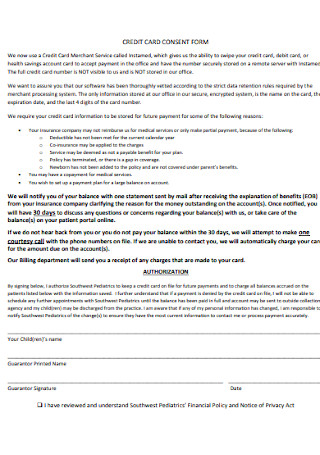
Credit Card Consnent Form
download now -
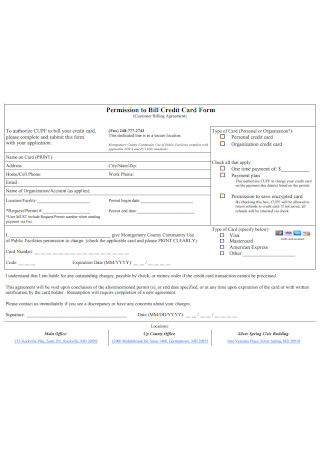
Permission to Bill Credit Card Form
download now -
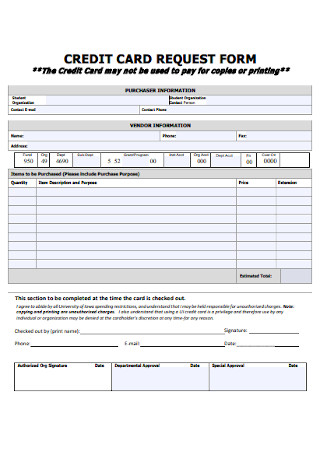
Credit Card Request Form
download now -
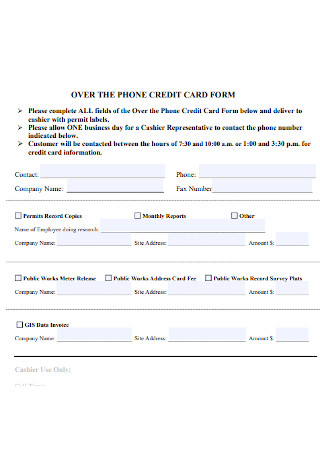
Phone Credit Card Form
download now -
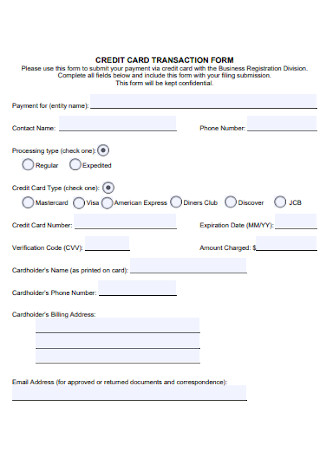
Credit Card Transaction Form
download now -
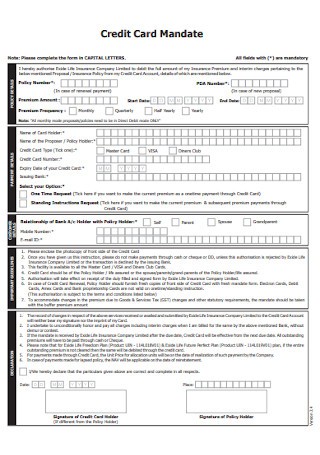
Credit Card Mandate Form
download now -
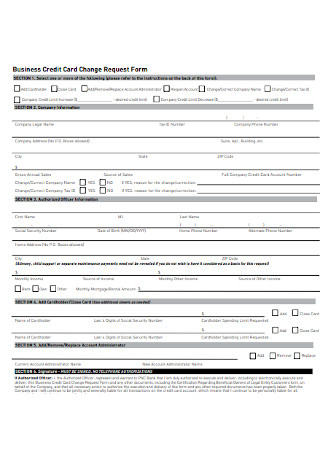
Business Credit Card Change Form
download now -
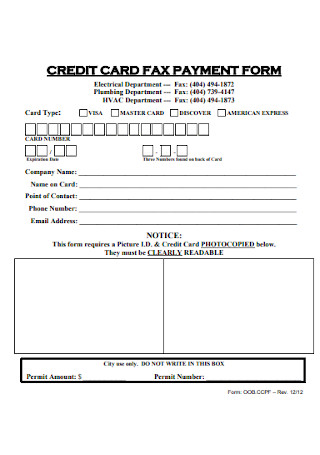
Credit Card Fax Payment Form
download now -
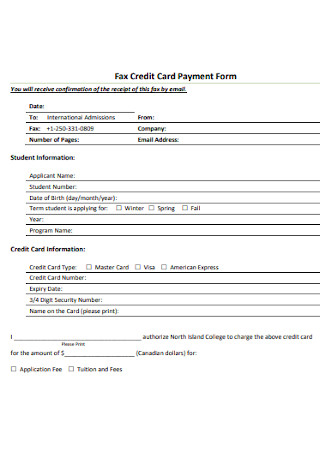
Fax Credit Card Payment Form
download now -

One Time Credit Card Form
download now -

Master Card Payment Form
download now -
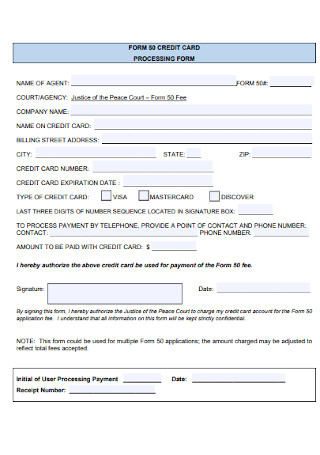
Credit Card Processing Form
download now -
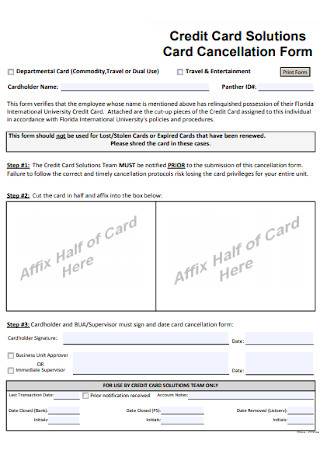
Credit Card Cancellation Form
download now -
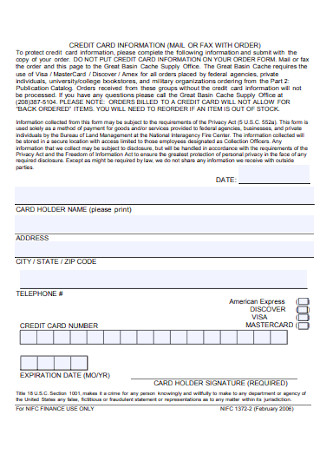
Credit Card Information Form
download now -
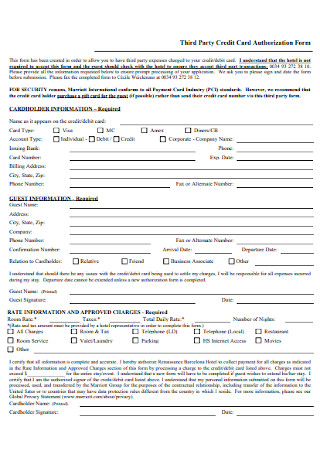
Third Party Credit Card Form
download now -
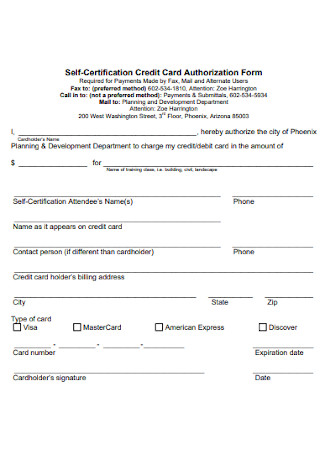
Self Credit Card Form
download now -
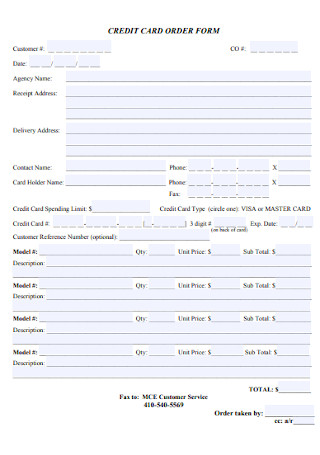
Credit Card Order Form
download now - “]
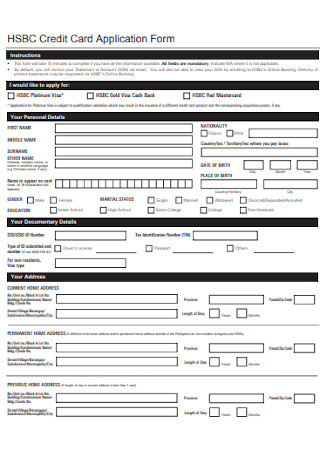
Credit Card Application Form
download now -
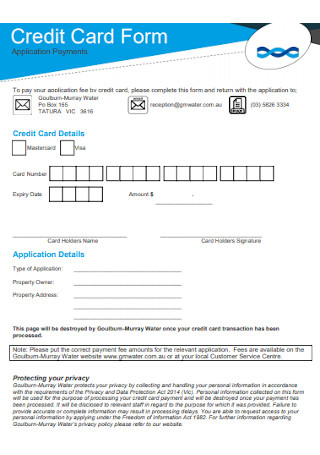
Formal Credit Card Form Template
download now -
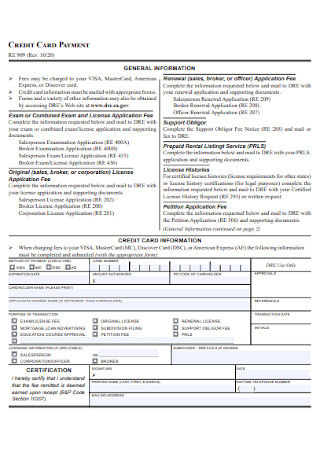
Standard Credit Card Form
download now -
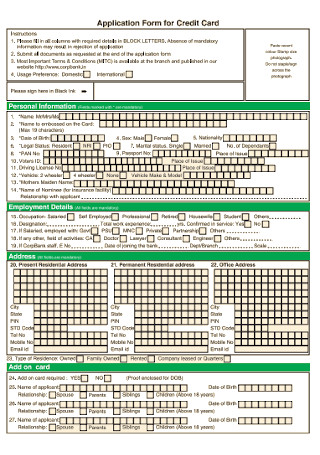
Application Form for Credit Card
download now -
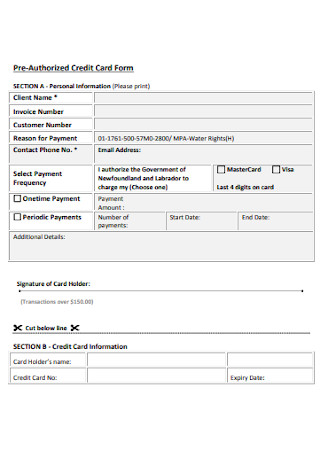
Pre-Authorized Credit Card Form
download now -

Formal Credit Card Authorization Form
download now -
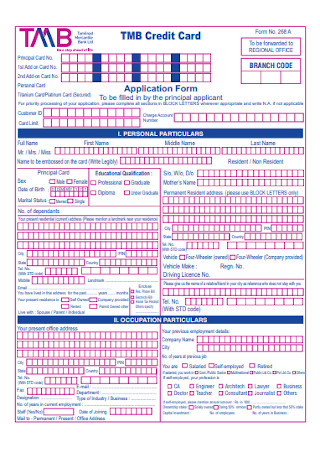
Personal Credit Card Form
download now -
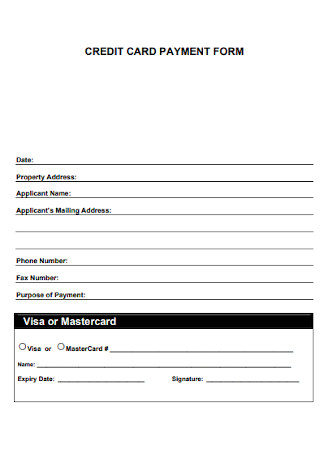
Standard Credit Card Form
download now
FREE Credit Card Form s to Download
38+ Sample Credit Card Form Templates
What Is a Credit Card Form?
Types of Credit Card Forms
Pros and Cons of Owning a Credit Card
How to Create a Credit Card Form
FAQs
What is a credit card form?
Do you need a credit card authorization form?
What is a credit card authorization request?
What Is a Credit Card Form?
A credit card form is a formal document that is issued to credit card holders (or applicants) for several reasons such as payment or authorization. There are several kinds of credit card forms, each serving a specific objective or goal.
According to a recent article by CNBC, as of the beginning of the year 2022, credit card debt in the United States stood at over $1 trillion. Alaska ranked first in the list of places in the US with the most credit card debt, followed by the District of Columbia.
Types of Credit Card Forms
The phrase credit card form is a pretty general term; and with the many uses and functions of a credit card, it is important to identify and differentiate each one. The following describe just some of the most common credit card forms that are used universally or commercially.
Pros and Cons of Owning a Credit Card
Having a credit card entails a lot of responsibility. And like most things, it comes with its own set of pros and cons. The following explain and examine just some of the most common and relevant advantages and disadvantages of owning a credit card.
How to Create a Credit Card Form
Credit card forms may vary in content depending on its specific purpose. And if you are looking for quick but reliable templates to use as a blueprint, using a sample credit card form will save you more time and effort. Simply browse the collection above, choose a template that works for you, and follow the basic steps below.
Step 1: Objective
The first step is to establish the objective of the form. As discussed earlier in the previous sections, credit card forms can fall under certain subtypes. With the multiple aspects of credit cards, you need to specify the objective or purpose of the credit card form you are making. This would depend on your needs. Is it simply a credit card payment form? Or are you creating a credit card authorization document? The contents of both these forms will obviously differ. Once you have established the objective or determined the type of credit card form, you can then give the document a formal title and proceed to crafting the format and details of the form.
Step 2: Format
The format of your document is just as important as the content itself. Note that the format will largely depend on the type or objective of the credit card form. For example, if you are constructing a credit card application form, then the format would usually require tables, borders, or a questionnaire-type layout. Most credit card forms are no longer than a page or two. So it is likewise important to mind the spacing and margins of your form as well. If you want to save time and effort, using a ready made template is the most practical option for faster and easier composition. There are numerous predesigned templates above to choose from that are already formatted and ready to edit.
Step 3: Items
Once you have established the format of your credit card form, the next step is to fill in the fine details of the form. Again, the items or content of your form would depend on the kind of credit card form you are making. For example, if the document you are crafting is in questionnaire form, then you need to itemize each question and arrange it in an organized and logical way. To make it more organized and reader-friendly, you could divide the items into various sections such as basic information, financial background, etc. You can refer to the different types of credit card forms in the template library above to get a better understanding of what goes into each type of form. Whether it is a credit card authorization form or a credit card payment form, you are bound to find a template above that meets your needs.
Step 4: Terms and Signature
The last step in creating a credit card form is to lay out the terms and conditions, if they apply. Most credit card application forms come with a set of terms and conditions. This comes with the expectation that the applicant reads it and is informed about the mechanics or guidelines before submitting the form to the bank. Even with credit payment forms, there are several reminders provided to the client before processing and finalizing the transaction. Other forms may also require the client or card holder’s signature. For credit card authorization documents, the identity of the card holder needs to be verified and confirmed via a specimen signature.
FAQs
What is a credit card form?
A credit card form is a formal document that is signed by a credit card holder or prepared and issued by a bank, depending on the specific type of credit card form.
Do you need a credit card authorization form?
Some establishments and merchants may require a credit card authorization form if there is a need to verify certain transactions.
What is a credit card authorization request?
It is a formal request for approval or permission granted by the issuing bank to carry out transactions.
Create a credit card form with more ease and convenience when you use a ready-made template. Simply choose a template from the wide selection above, customize it to your liking, and download the form!
